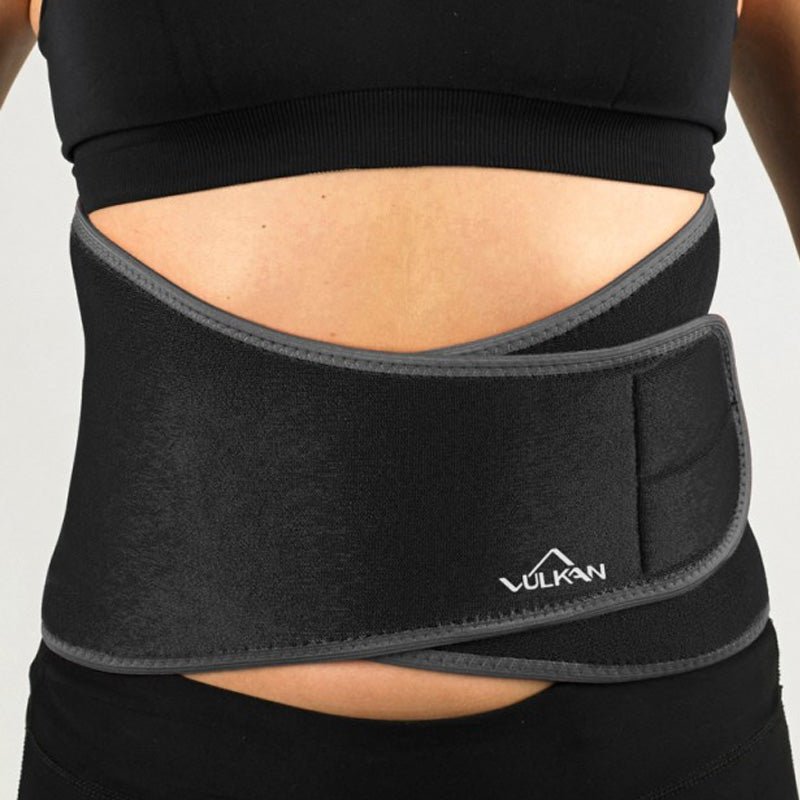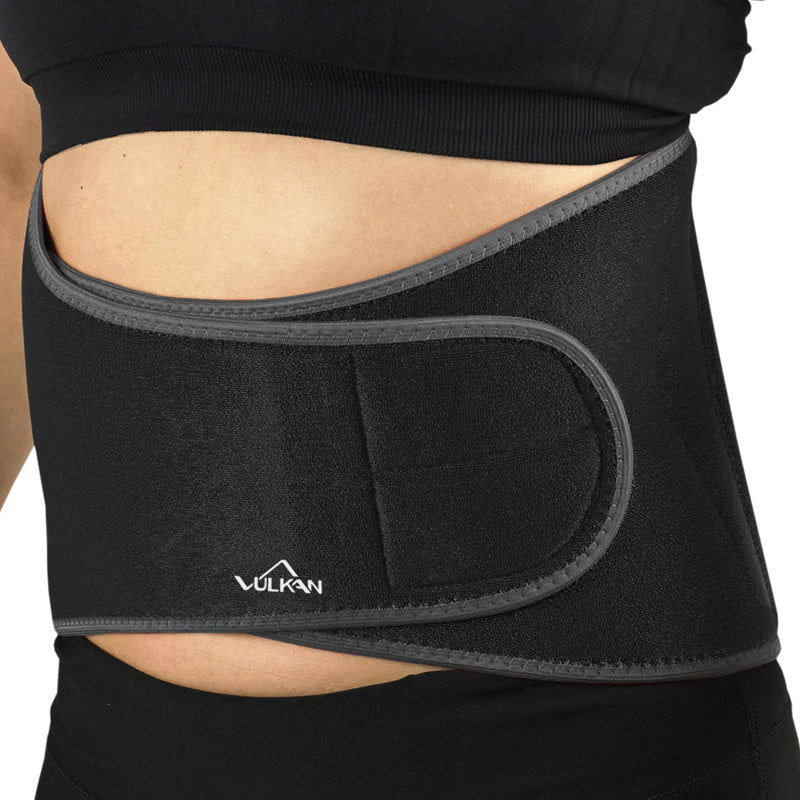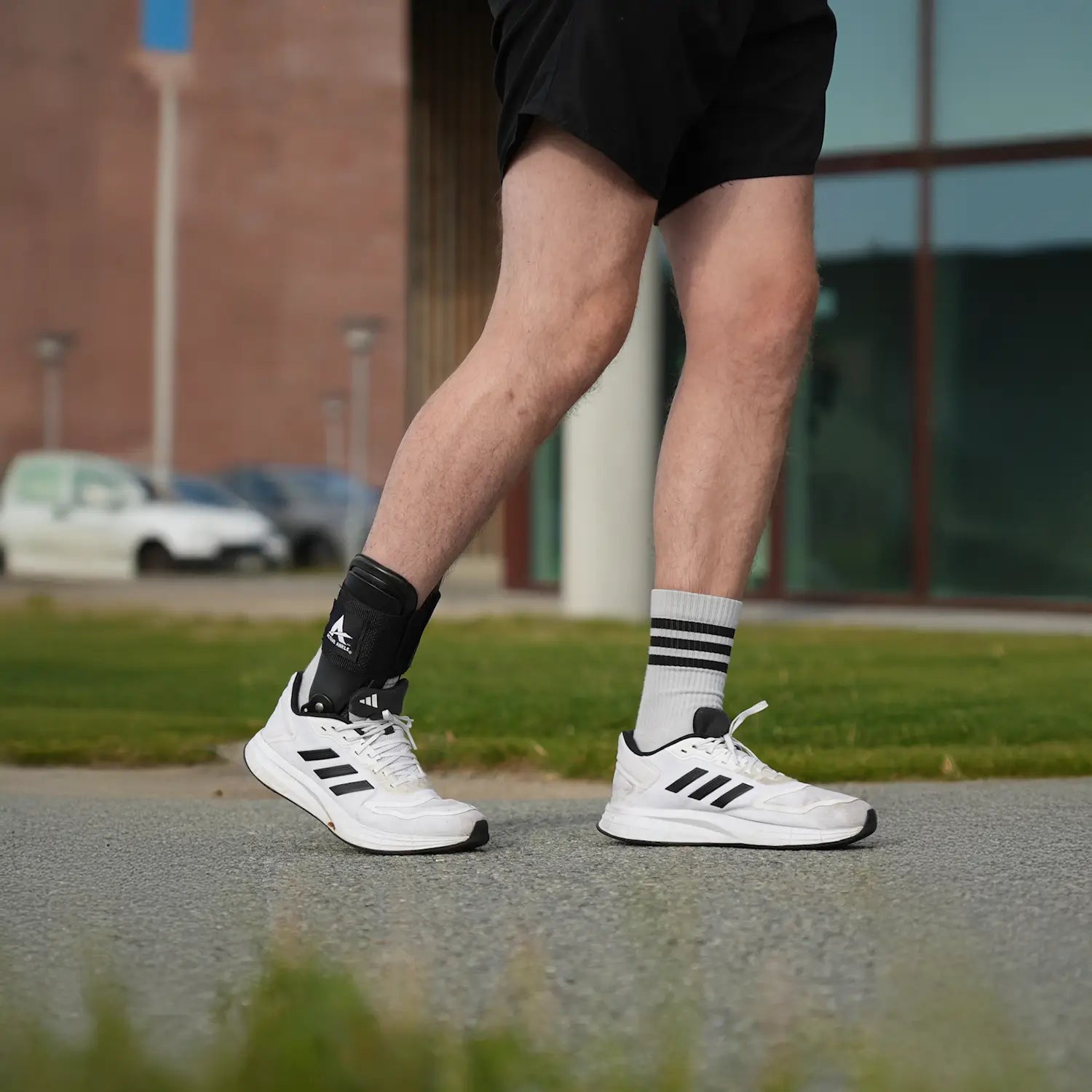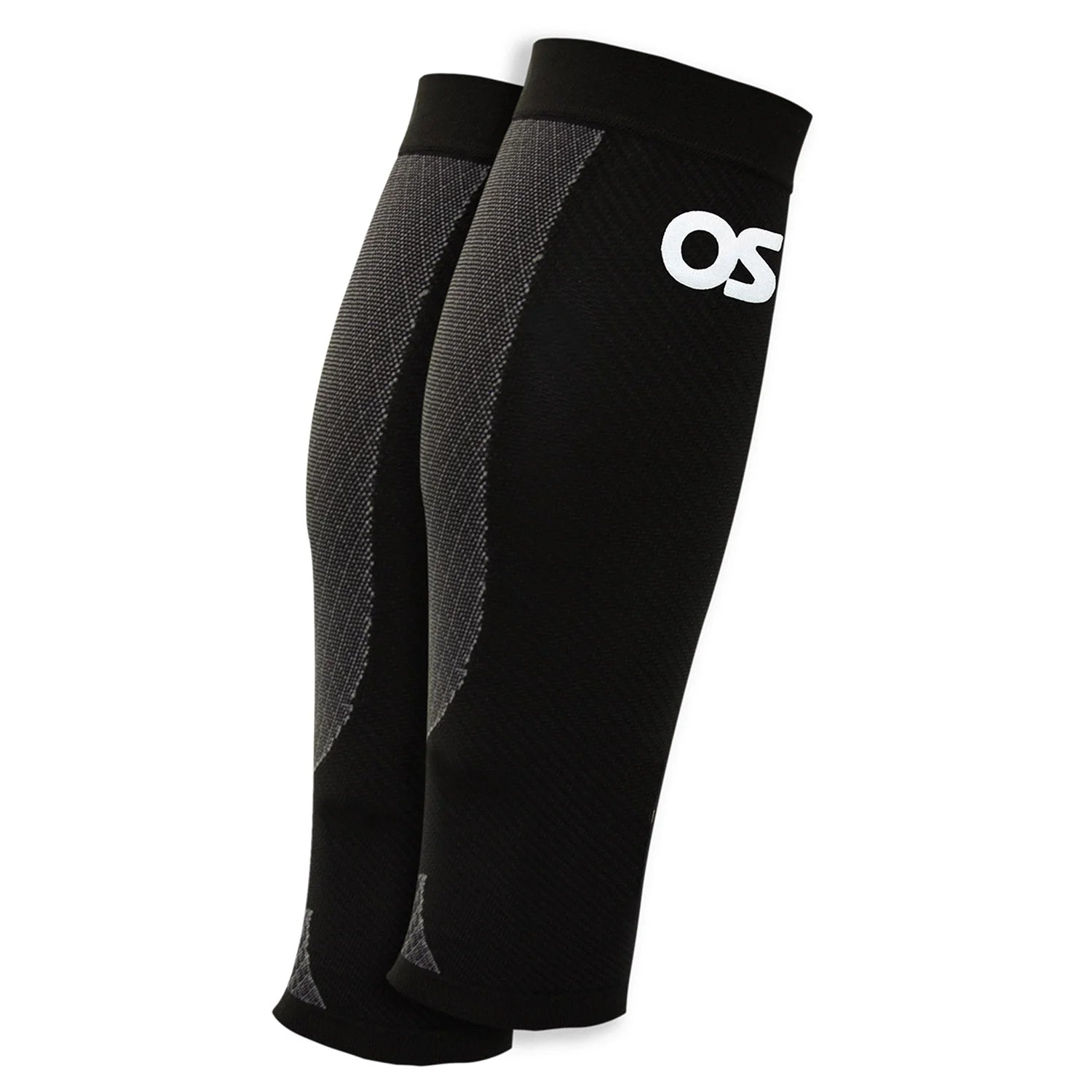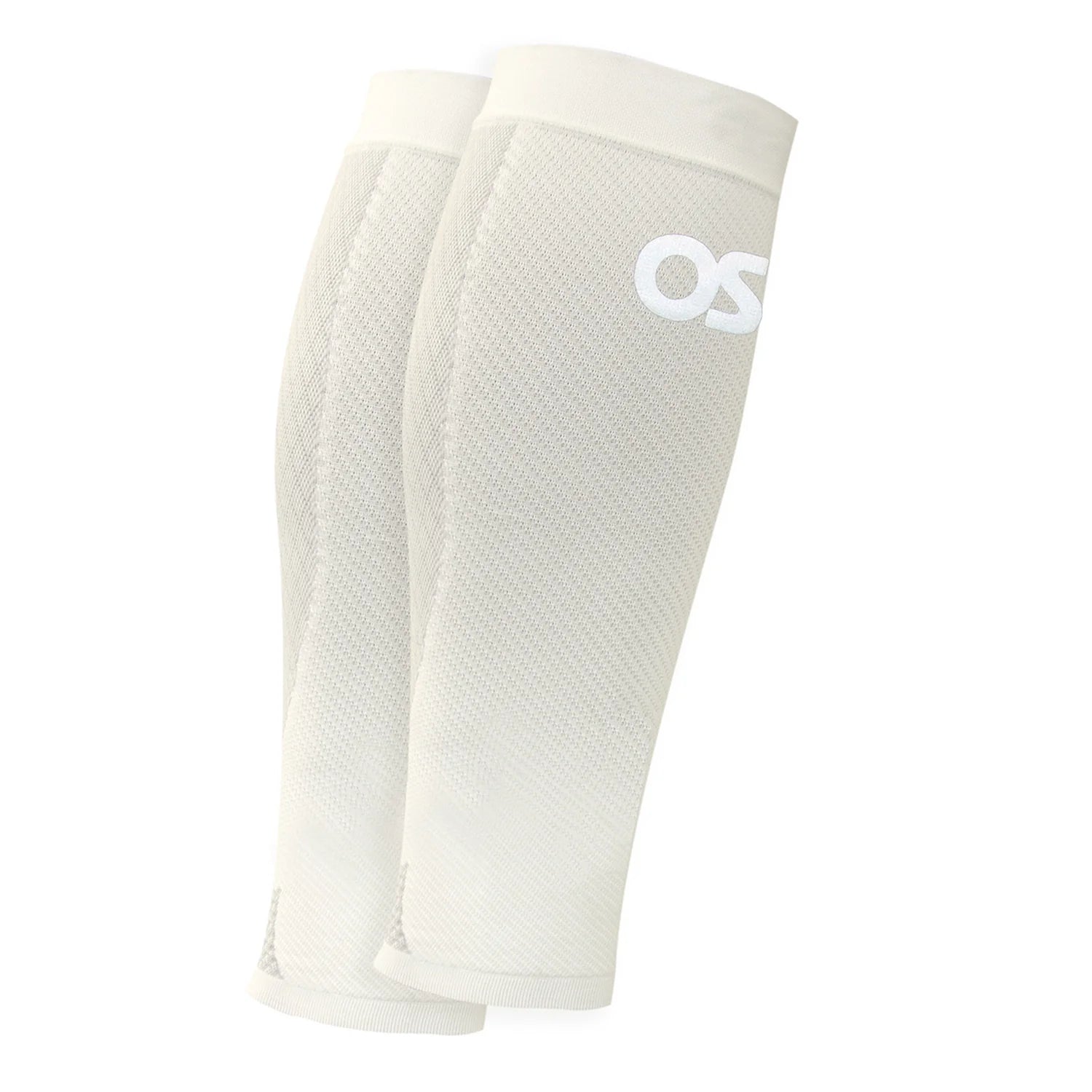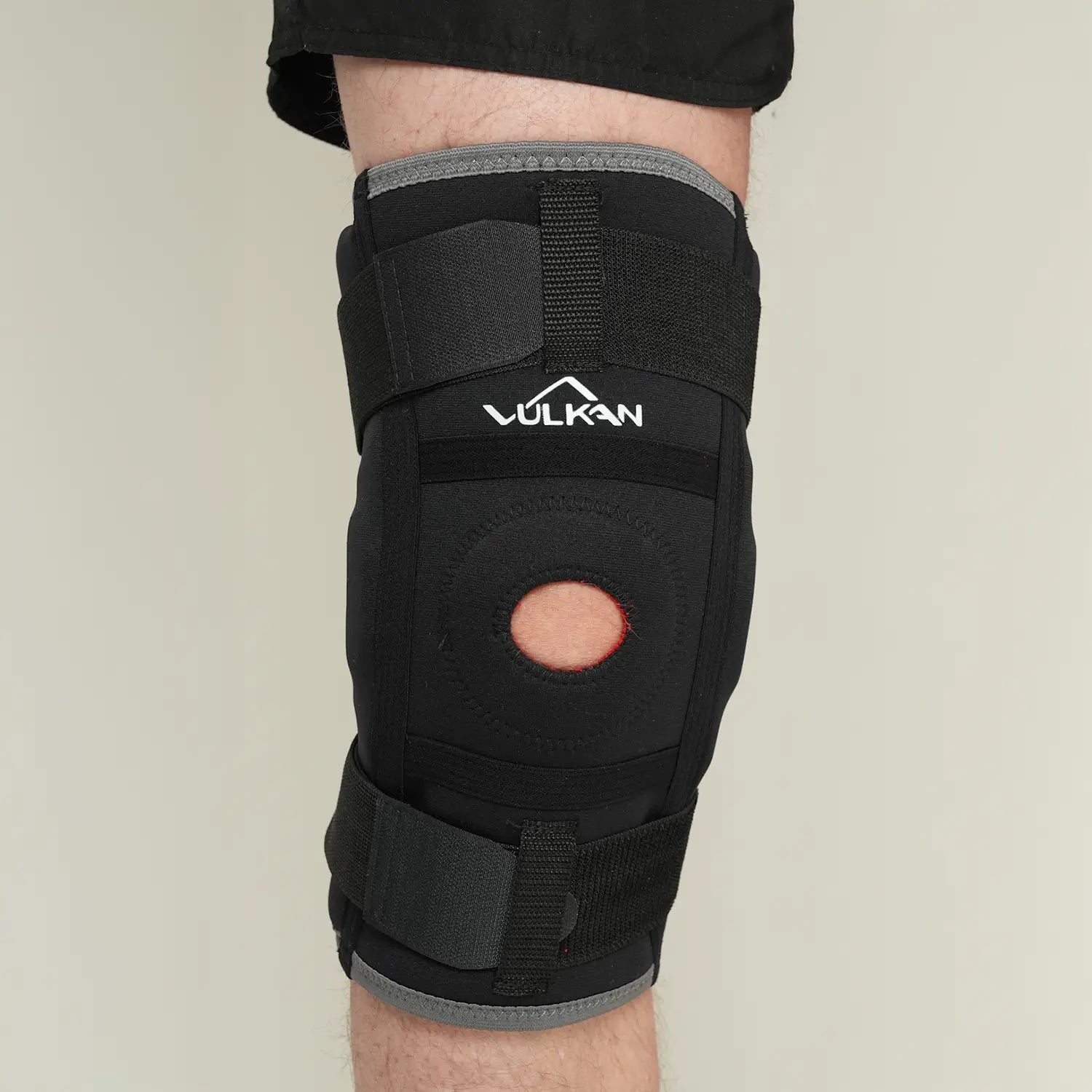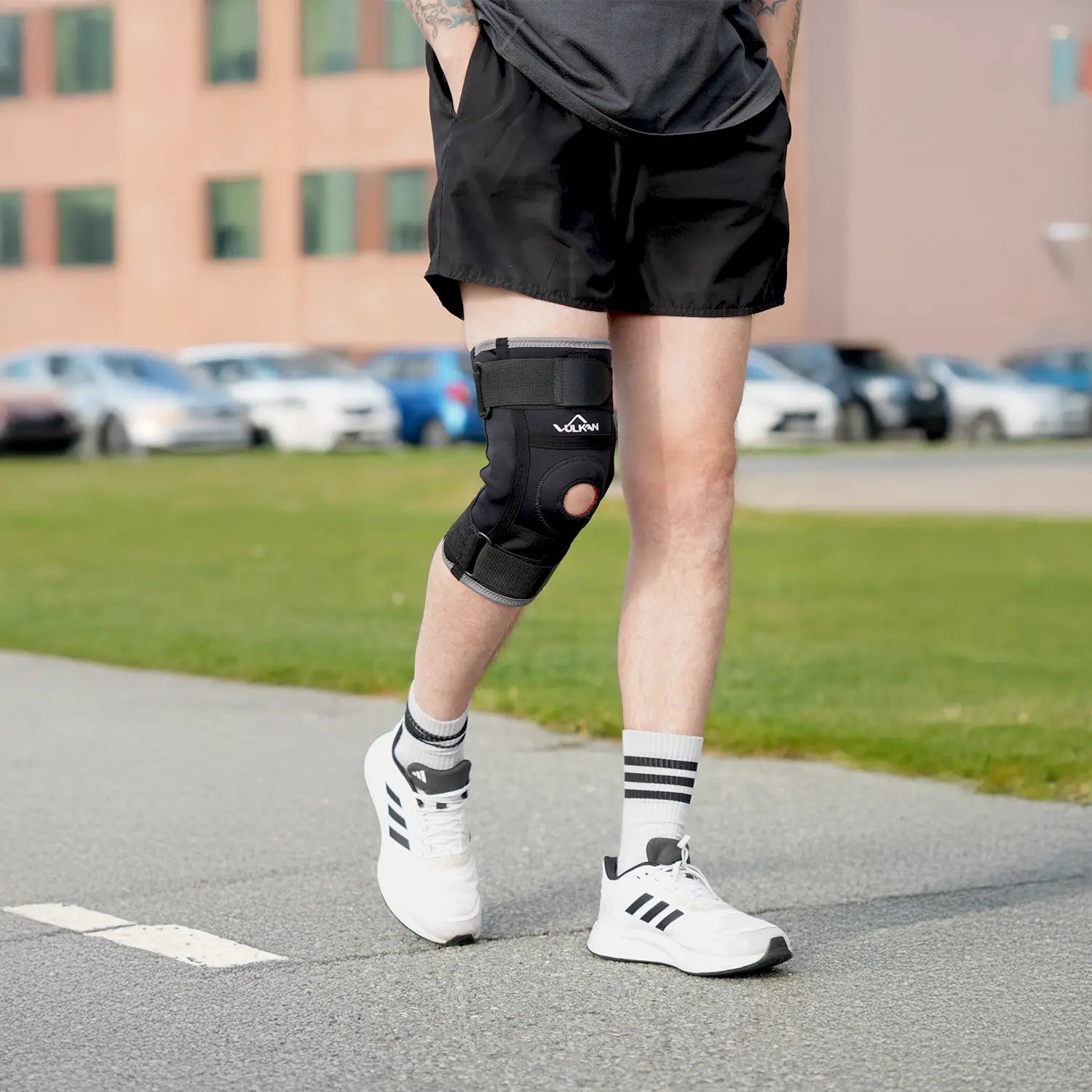
Achilles tendonitis
Table of contents
Achilles tendonitis, also known as Achilles tendinopathy , is common, especially in people who are active in running, walking, or sports where the Achilles tendon is repeatedly stressed. The Achilles tendon is the largest tendon in the body and connects the calf muscle to the heel bone. When you get Achilles tendon pain, it is usually an overuse injury rather than actual inflammation. Often the symptoms develop gradually, but sometimes the pain can come on suddenly in connection with a specific occasion, such as a hard workout or an unusually long walk.
Achilles tendonitis affects everyday life by making it difficult to walk, run or even stand for long periods of time. The discomfort is usually felt during both activity and rest, and it is not uncommon to also experience stiffness, especially after a night's sleep or prolonged sitting.
Symptoms of Achilles tendonitis
The symptoms of Achilles tendonitis usually develop gradually. They can vary in severity but have certain common features:
- Pain in the middle of the Achilles tendon or down at the attachment to the heel bone, especially with pressure or strain.
- Stiffness in the Achilles tendon, often worst in the morning or after sitting still.
- Swelling and sometimes a feeling of warmth or tenderness along the tendon.
- Pain and fatigue that increase during or after activity, such as running, walking, or jumping.
- A cracking sensation when you move your ankle.
- In more severe cases, small lumps or thickenings can also be felt along the tendon.
Symptoms are often worst when you start moving after resting, but usually subside somewhat once you warm up. If you continue to strain the Achilles tendon without giving it rest, the pain can worsen and eventually occur even at rest.
Causes of Achilles tendonitis
The most common cause of Achilles tendonitis is overuse. This may be because you have suddenly increased your training volume or started training more intensely than your body is used to. Bad shoes without sufficient cushioning, training on hard surfaces or incorrect running technique also increase the risk of being affected. If you have a walking pattern where the foot rolls inward too much (overpronation), the Achilles tendon is put under extra strain. Stiffness in the calf muscles and high BMI are other factors that increase the risk.
The complaints are common among both exercisers and elite athletes, but older people can also be affected if they increase their daily activity, for example by taking longer walks than usual.
How the diagnosis is made
A doctor or physiotherapist can often make the diagnosis by examining your foot and asking about your symptoms and exercise habits. Sometimes ultrasound is used to rule out other injuries, but often a careful clinical examination is enough. If you suspect a tendon rupture, for example if you feel a sudden “snap” and have difficulty standing on your toes, you should always seek medical attention immediately.
Treatment of Achilles tendonitis
The most important thing is to reduce the activity that caused the discomfort and instead focus on self-care and gradual rehabilitation. This does not mean you have to rest completely, but avoid painful movements and give the tendon a chance to heal.
Using a heel wedge in your shoe can relieve the tendon and reduce pressure. Ergonomic shoes with good cushioning are important, as is avoiding walking barefoot on hard floors. Eccentric toe raises are a proven effective rehabilitation exercise where you train the calf muscles and tendon in a way that stimulates healing. You can also use compression protection or orthosis, such as AchilloTrain, to provide support and increase blood circulation. In more severe cases, shockwave therapy or laser treatment may be appropriate.
Painkillers can provide relief, but should be used with caution and only as a temporary relief. Cortisone injections are not recommended, as they can increase the risk of tendon rupture.
Prevention advice
To prevent Achilles tendonitis from returning, it is important to gradually increase the amount of exercise, choose good shoes, avoid hard surfaces, and stretch the calf muscles regularly. If necessary, individually adjusted inserts can help correct incorrect walking or running steps.
Recommended products:
How long does it take to get well?
Most people become problem-free within 3–6 months with the right training and weight-bearing, but in some cases it may take longer.
Can I continue training?
You should avoid movements that trigger pain, but cycling or swimming are often fine. Consult a physiotherapist for individual advice.
When should I seek medical attention?
If the symptoms do not improve after a few weeks of self-care, if the pain gets worse, or if you experience sudden, severe pain with difficulty walking.
Do posts and support help?
Yes, heel wedges, inserts and compression supports can reduce discomfort and speed up healing.






